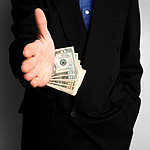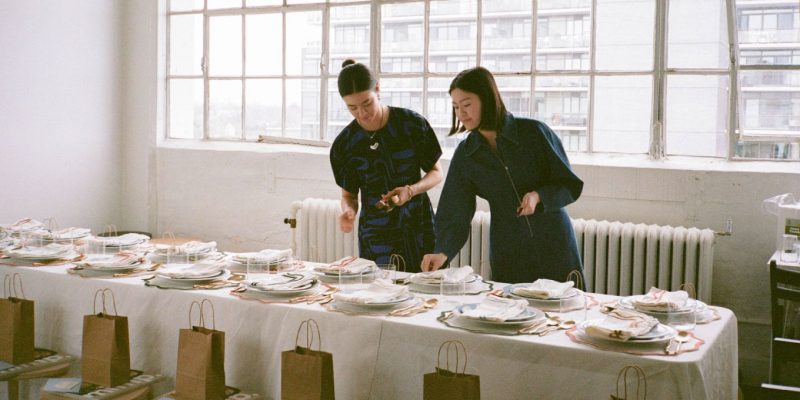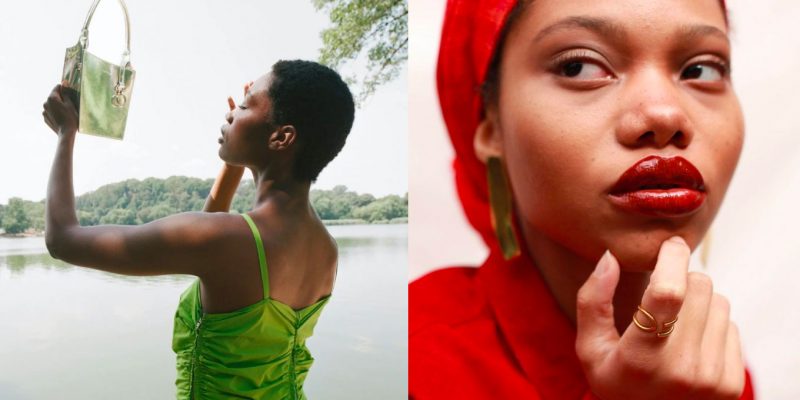Culture
Buying art: The huckster
Criminal art dealers are out there -- know the signs to avoid.
by : Lisa Hunter- Jan 20th, 2007

Huckster dealers don’t care about art. They care about money. And they make plenty of it by
selling overpriced works to gullible collectors.
Hucksters sell authentic art but use hard-sell techniques that make exaggerated claims about its value. At a huckster gallery, every contemporary artist is "world famous," even if you’ve never heard the name before. Every second-rate piece by an artist you actually have heard of is "museum quality." The sales pitch here is that you have a rare opportunity to buy something that’s going to become valuable later.
Fortunately, this emphasis on money is what helps you spot a huckster.
For example, hucksters often brag that a contemporary artist’s price doubled recently, though that may simply mean that the gallery doubled its asking price. Before you get too excited about what huge profits you’re going to make, check the Internet or a buying guide to see what the art really sells for outside the gallery (see the Resources section for more information). You may find it has no resale value at all.
If a gallery is giving you a hard sell about how "hot" their contemporary art is, you can be sure it isn’t. At the truly hot contemporary galleries, collectors often have to beg the dealer to get even a place on the waiting list. Macabre promises about how the prices will skyrocket when the artist dies are another dead giveaway.
Huckster galleries are sort of like tourist traps and, not surprisingly, are often located near tourist hotels and souvenir shops. Hucksters also like to be near legitimate galleries, to poach potential customers and to look as though they’re part of the art scene.
Because hucksters rely heavily on walk-in customers, you are most likely to find them in street-level galleries in busy, upscale pedestrian areas where tourists and shoppers have money to spend. Conversely, you’re less likely to be dealing with a huckster if the gallery is on a hard-to-find side street, or on an upper-level floor, or in a neighborhood where struggling artists have yet to be replaced by investment bankers.
Recognizing the huckster’s hard sell
As soon as you walk into one of these sell-sell-sell galleries, the salespeople will cozy up to you, complimenting you on your excellent taste. Whichever picture you happen to look at first will invariably be the "best one in the gallery," and aren’t you smart for having picked it out all by yourself? The point of this flattery is to link your self-esteem to ownership of the artwork. Hucksters also try to draw you into small talk about your occupation or where you live, in a sneaky attempt to figure out how much you can afford.
Before you know it, a salesperson is taking a picture off the wall and scooting you into a private "viewing room." An assistant offers you wine or Perrier. Another salesperson may pop in to reaffirm what a good choice you made. If you’ve ever been to snooty galleries where you felt unwelcome, such attention may be flattering and fun. At this point, it’s very hard for most people to get out of the viewing room without buying.
If the artwork is part of a numbered series, a huckster might tell you that the series is almost sold out or that you are looking at the very last copy. Better get it now! If it’s a one of-a-kind piece, you may be told that another collector wants it, but if you buy right now-today-it’s yours.
Never go into a viewing room unless you have already decided you want to buy the art and have the stamina to hold out for a fair price. If you find that you’ve been transported to the viewing room seemingly against your will, make an excuse and leave. Or leave without an excuse.
Remember: If a dealer’s main sales pitch is that you’ll make money, what he really means is that you’ll make money for him. (To learn about the special practices of huckster oriental rug dealers, see Chapter 8, "Oriental Rugs.")
Telltale signs of a huckster
• Is more interested in profits than in art
• Uses hard-sell tactics
• Resorts to excessive flattery
• Usually has easy-to-like, very commercial art
• Often is located in a tourist area

Excerpted from
The Intrepid Art Collector by Lisa Hunter Copyright (c) 2006 by Lisa Hunter. Excerpted by permission of Three Rivers Press, a division of Random House of Canada Limited. All rights reserved. No part of this excerpt may be reproduced or reprinted without permission in writing from the publisher.
The fraud
You might assume that art fraud would take place in some hole-in-the-wall showroom that looks… well, criminal. But the opposite is true. Fraudulent galleries have all the trappings of fancy establishments. They’re frequently on ritzy streets, next to luxury-goods stores where shoppers might drop thousands of dollars on a handbag or diamond watch. Think about it: If you wanted customers willing to spend big money on an impulse purchase, that’s exactly where you’d set up shop.
Fraudulent dealers typically specialize in famous artists: Chagall, Matisse, Picasso, Dali, or other big names you remember from art history class. Frauds don’t want to waste time pitching a lesser-known artist. They want to sell you something they already know you want: prestige.
A fraud uses the same smarmy sales techniques as a huckster: flattery and the fantasy of owning "museum-quality" art that will zoom up in value. The sales pitch can be very enticing. After all, who wouldn’t want to have an authentic Picasso? Especially since it’s such a good investment .
The only problem is, it’s not a real Picasso. (Or Renoir, or Modigliani, or whoever.) Some frauds sell machine-made posters of famous paintings and pass them off as original lithographs for thousands of dollars. For even higher prices, they may sell hand-painted copies of actual paintings, or totally new fakes painted in the style of a well-known artist.
One way to thwart a fraud is to insist on seeing the piece in the artist’s catalogue raisonné — a scholarly list of every known work by an artist. The new fakes won’t be there, and you can often unmask the copies because they don’t match the catalogue raisonné description in every detail. A fraud might try to brush off your inquiries by offering you the gallery’s own "Guarantee of Authenticity" instead. Imagine what that’s worth-the "word" of someone who knowingly sells fakes!
You should also ask for the work’s ownership history. But keep in mind that documents "proving" provenance can be faked easily.
In an interesting twist on the usual art scam, a New York gallery was recently busted for selling fake art with real documents. First, the dealer bought expensive (but not famous) paintings at auction, with proper provenance and proof of authenticity. Then he allegedly sent the paintings out to be copied by a forger and later sold both the real ones and the copies. He got caught by pure chance, when he was trying to auction an original painting at Sotheby’s at the same time the unsuspecting owners of the fake version were trying to resell theirs at Christie’s. The auction house experts quickly realized something was up. That’s why you always need to check a gallery’s reputation too. Apparently, this particular dealer had already raised some eyebrows in the art world.
The best way to guard against frauds, though, is to beware of your own greed, because that’s the emotion they appeal to. When you start daydreaming about how jealous your neighbors will be when they see a signed Picasso over your couch, or about how big a profit you’ll make on it, that’s when you’re most vulnerable to a fraud.
Learn how to display an art collection from STYLE AT HOME!

Excerpted from
The Intrepid Art Collector by Lisa Hunter Copyright (c) 2006 by Lisa Hunter. Excerpted by permission of Three Rivers Press, a division of Random House of Canada Limited. All rights reserved. No part of this excerpt may be reproduced or reprinted without permission in writing from the publisher.
Newsletter
Join our mailing list for the latest and biggest in fashion trends, beauty, culture and celebrity.
Read Next

Beauty
Dyson Just Launched Its Most Intelligent Hair Dryer Yet
Get ready to upgrade your blowout game.
by : Lauren Knowles- Apr 25th, 2024

Fashion
Meredith Shaw and Penn Have Created a Plus-Size Summer Dress Collection That "Feels Like Candy"
Morning Show Host Meredith Shaw wants you to "see your summer" in this curated collection for sizes 14-32.
by : Allie Turner- Apr 25th, 2024

Culture
This University Elevates Women to New Professional Heights
You shouldn’t have to pause your life to move forward in your career.
by : ELLE Canada- Apr 16th, 2024




